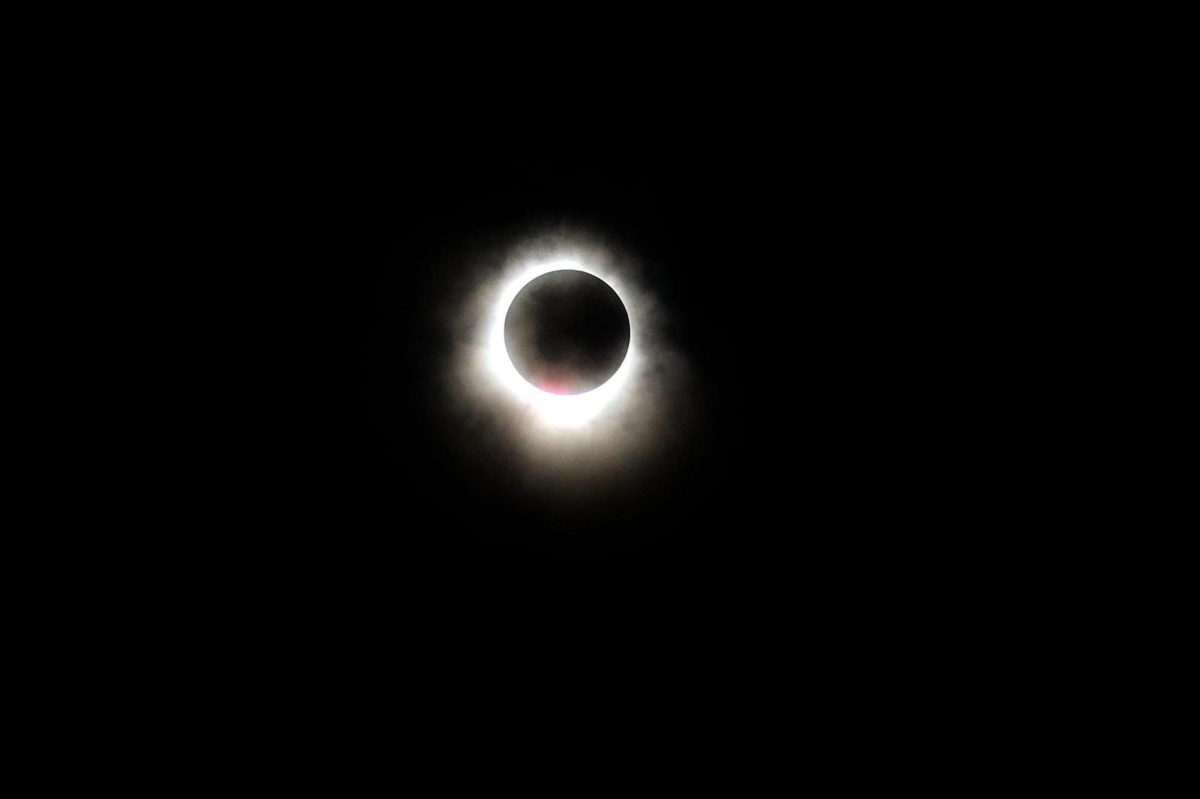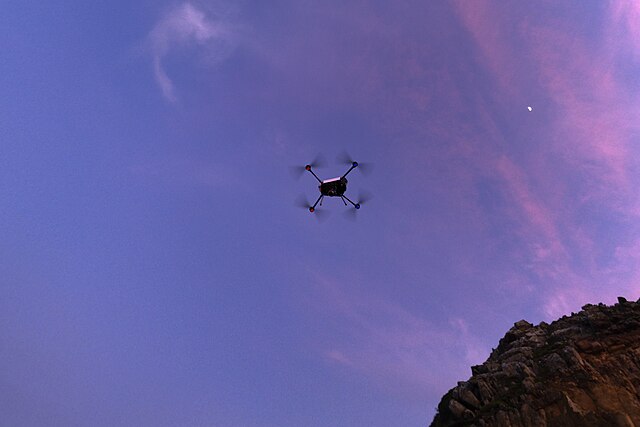A total solar eclipse is a rare event that gathers people from all around the world. During this amazing event, the moon passes directly between the Earth and the Sun, casting its shadow on the Earth’s surface. As the moon blocks the sun’s light, it creates an eerie darkness in the middle of the day, turning the sky into a shade of darkness. Observers within the path of totality, where the Sun is completely covered up, experience the most dramatic effects of the eclipse, with the sky turning dark, stars becoming visible, and temperatures dropping noticeably.
The path of totality, where the total eclipse is visible, is very narrow, typically only a few dozen to a couple of hundred kilometers wide. Outside this path, observers witness a partial solar eclipse, where only a portion of the sun is covered by the moon. Total solar eclipses occur somewhere on Earth approximately every 18 months, but any given location may only experience a total eclipse once every few hundred years. Due to their rarity and the stunning sight they provide, total solar eclipses often attract large crowds of spectators and enthusiasts, who travel from far and wide to witness this incredible event.
Beyond its uniqueness, total solar eclipses have scientific significance as well. They provide opportunities for researchers to study the sun’s outer atmosphere, called the corona, which is usually obscured by the sun’s bright glare. During totality, when the sun’s disk is fully covered, scientists can observe the corona’s structure, temperature, and dynamics, offering valuable insights into solar physics and helping to advance our understanding of the sun and space weather. Therefore, total solar eclipses serve as both a spectacular sight and a platform for scientific discovery.








